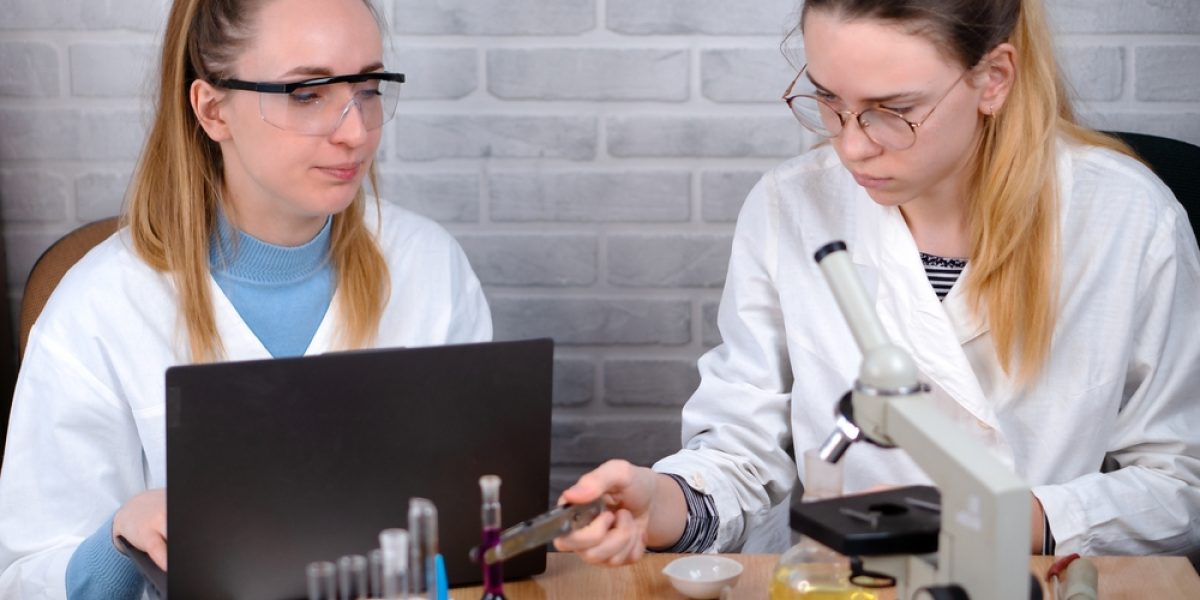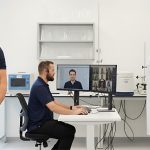Patient care depends on timely medical reports in today’s fast-paced healthcare industry. Patients, doctors, and other health care providers depend on fast, reliable results to make decisions. Medical facilities and labs use modern technologies to speed up reporting because customers want things done promptly and correctly. The advanced technology makes sending medical reports faster and easier, which helps patients and healthcare professionals.
1. The Importance of Timely Medical Reports
In the medical field, being quick on your feet can often mean the difference between life and death. Delay in medical reports can cause problems, wrong diagnoses, or longer pain for patients, whether they’re used to figure out what’s wrong or keep an eye on their progress. Treatment plans can start as soon as possible when reports are sent on time. This improves the level of care for patients and builds trust between doctors and patients.
2. Challenges in Traditional Medical Reporting
The old way of making and sending medical records takes a lot of time and mistakes are common because they are done by hand. The old systems needed a lot of help from people from the time samples were gathered until the report was delivered. This could lead to delays because of mistakes in transcription, misunderstandings, or even papers getting lost.
Common challenges include:
- Long processing times for lab results
- Human error during data entry
- Limited access to results due to manual distribution
- Delays caused by internal procedures in hospitals or labs
These challenges highlight the necessity for more efficient systems that leverage advanced technology to address inefficiencies.
3. Integration of Laboratory Information Systems (LIS)
Laboratory Information Systems (LIS) are one of the most important steps forward in the medical field. Lab workflow is automated by LIS, which makes sure that data is handled quickly and correctly. LIS can greatly shorten the time it takes to make medical reports by digitizing the whole process, from entering patient data to sending out results.
Key Benefits of LIS:
- Automated data entry and processing
- Faster lab result turnaround
- Error reduction through automation
- Enhanced communication between departments
By streamlining the laboratory’s functions, healthcare providers can access reports faster, enabling prompt decision-making.
4. Cloud-Based Solutions for Medical Reports
Hospitals can now store and share medical files safely and in real time thanks to the growth of advanced technology. Labs and doctors can upload test results to a central platform with cloud-based solutions. This way, only authorized users can view the results from anywhere at any time.
Advantages of Cloud-Based Medical Reporting:
- Instant access to reports for doctors and patients
- Improved collaboration between healthcare providers
- Reduced paper usage and environmental impact
- Enhanced data security through encryption
Patients are happier with cloud-based medical reporting systems because they let them see their test results online instead of going to the hospital in person.
5. Artificial Intelligence (AI) in Report Analysis
AI (artificial intelligence) has changed many fields, and healthcare is no exception. AI tools can look at medical data more quickly and more correctly than people can, especially in imaging and pathology. This not only speeds up the evaluation process, but it also makes sure that it is more accurate, which lowers the chance of making a mistake.
AI’s Role in Accelerating Medical Report Delivery:
- Automated report generation based on data interpretation
- Improved diagnostic accuracy
- Reduced workload for healthcare professionals
- AI-powered predictive analysis to anticipate patient needs
Because AI can quickly process huge datasets, medical reports can be made and sent out much more quickly, which leads to faster treatment and better results.
6. Telemedicine and Remote Diagnostics
With the rise of telemedicine, people can get medical advice and diagnoses without having to go to a doctor’s office in person. With remote diagnostic tools, doctors and nurses can get patient data and send medical reports from afar, saving time and getting rid of geographical obstacles.
Key Technologies in Remote Diagnostics:
- Wearable devices that monitor vital signs and send data in real time
- Remote lab testing with home sample collection kits
- Video consultations that allow doctors to assess patients and order tests
By utilizing telemedicine, healthcare providers can deliver accurate medical reports in a fraction of the time it would take using traditional methods.
7. Blockchain for Secure Medical Record Transmission
In healthcare, data safety and security are very important. These worries can be put to rest by using blockchain technology to make sure that medical data, such as test results, are sent safely between patients and healthcare providers.
Benefits of Blockchain in Medical Reporting:
- Immutable records that prevent tampering or unauthorized changes
- Enhanced patient control over who has access to their reports
- Faster transmission of secure data
- Decentralized system for data storage and access
Blockchain technology not only speeds up the delivery of medical reports but also enhances trust in the process by securing sensitive patient information.
8. Mobile Health Applications for Instant Access
As smartphones have become more common, mobile health apps (mHealth) have become a popular way to get medical data right away. Patients can use these apps to see their test results, keep track of their health information, and even talk to their doctors right from their phones.
Features of mHealth Apps:
- Real-time report updates
- Notifications when test results are ready
- Integration with wearable devices for continuous monitoring
- Secure data storage for easy access to medical history
These apps not only enhance patient engagement but also facilitate better communication between healthcare providers and patients, leading to faster treatment.
9. Automated Reporting Systems
Automated medical reporting systems are made to quickly handle a lot of medical data and make detailed reports with little help from a person. These systems can quickly make detailed reports by gathering information from a number of different places, like imaging devices, patient records, and lab equipment.
Key Advantages of Automated Reporting:
- Faster data processing
- Standardized report formats for easy understanding
- Integration with electronic health records (EHRs)
- Minimized human error
Automated reporting systems ensure that medical reports are delivered on time, with fewer errors and greater consistency in quality.
10. The Role of Electronic Health Records (EHRs)
Electronic Health Records (EHRs) are another big step forward in advanced technology that has changed how medical records are stored and viewed. In an EHR, all of a patient’s medical records, lab results, and imaging reports are kept in one digital record. This lets healthcare professionals get reports right away and better plan care.
How EHRs Improve Report Delivery:
- Quick access to patient information across departments
- Integration with lab systems for instant result updates
- Improved communication between healthcare providers
- Streamlined workflows to reduce delays
EHRs play a crucial role in ensuring the timely delivery of medical reports by making patient data readily available at every stage of care.







